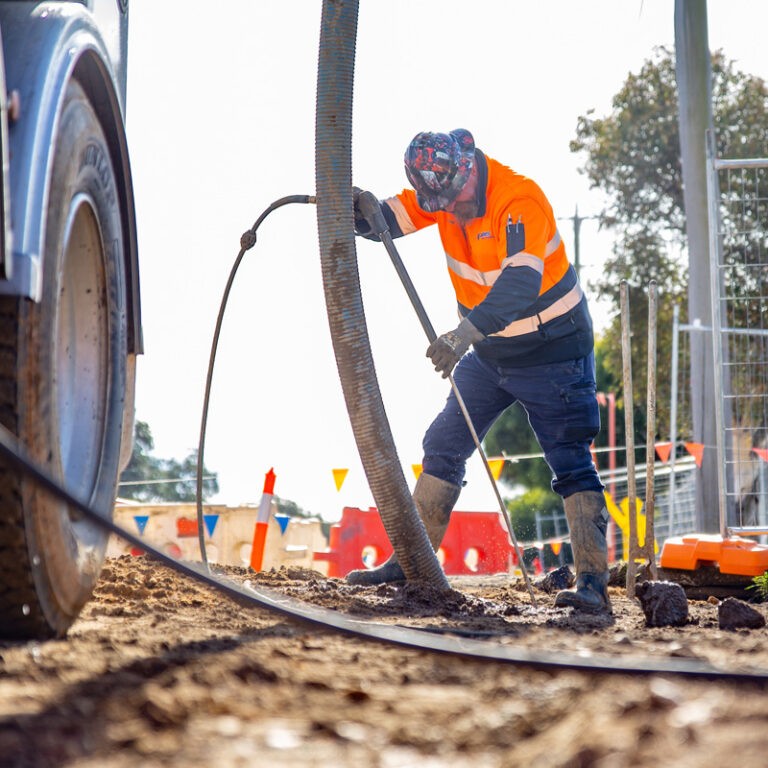Directional drilling is a innovative technique that has transformative the approach to drilling in multiple industries. Unlike traditional vertical drilling, this creative method allows for the creation of angled boreholes, allowing the extraction of resources from deeper depths and complex geological formations. As we examine the artistry involved in directional drilling, we will explore its history, technology, and the remarkable applications that have emerged from this engineering marvel.

From the petroleum industry to utility installation and sustainable energy projects, directional drilling offers a array of advantages over standard methods. By lessening surface disruption and enhancing efficiency, this technique has become essential for current infrastructure development. In this article, we will break down the basics of directional drilling, examine its evolution, and emphasize the key benefits that make it an vital tool for engineers and contractors alike. Whether you are a veteran professional or a beginner to the field, the insights shared here will improve your understanding of this evolving area of drilling technology.
Comprehending Directional Drilling
Directional drilling is an sophisticated technique used to generate boreholes at different angles rather than just straight down. This method allows drillers to access resources that are not directly beneath the drilling site, rendering it highly valuable in fields like energy, infrastructure, and alternative energy. By controlling This Site through exact angular modifications, workers can steer around obstacles, minimize interference on the surface, and improve access to hard-to-reach areas.
The progression of this technology has significantly changed the environment of drilling operations. Early non-vertical drilling methods were inefficient and often hinged on trial and error, leading to waste and increased costs. Today, modern equipment, advanced software, and novel techniques have significantly improved accuracy and trustworthiness. The integration of instruments and real-time data monitoring enables drillers to make well-founded decisions, ensuring optimal bore trajectories and successfully fulfilling the project objectives.
As the demand for green construction increases, grasping the nuances of non-vertical drilling becomes crucial. This technique is not only essential for traditional energy projects but also plays a critical role in metropolitan development and the deployment of services, minimizing surface disruption. By leveraging Read Full Report of angled drilling, companies can address projects more effectively while considering ecological concerns, eventually paving the way for more sustainable operational practices.
Benefits and Benefits
One of the key benefits of horizontal drilling is its ability to reduce surface disruption. Traditional drilling methods often require extensive clearing and access roads, disrupting the surrounding land. In contrast, directional drilling allows for the use of a much smaller footprint, as drilling can be initiated from a single point and then directed underground to the intended site. This is particularly beneficial in urban areas or environmentally sensitive locations where surface interference must be minimized.
Time and financial savings are major benefits of directional drilling techniques. By allowing multiple wells to be drilled from a one location, operators can minimize the time and resources used for site preparation and restoration. Additionally, the exactness of directional drilling lowers the risk of encountering unexpected geological formations, which can lead to costly delays and complications. With well-organized planning and execution, projects can be completed sooner, allowing companies to optimize their investments.
Directional drilling also presents notable green advantages. https://castaneda-filtenborg-3.blogbright.net/exploring-the-underground-a-guide-to-directional-drilling-practices minimizes the impact on natural ecosystems, as less drilling sites are needed when wells can be drilled laterally to reach multiple targets. This method can help protect habitats and reduce damage to soil and waterways. Furthermore, as industries move towards more sustainable practices, directional drilling offers a way to align infrastructure development with ecological responsibilities, supporting the move to greener solutions.
Innovations in the Future
The arena of directional drilling is always transforming, driven by advancements in technology and a rising emphasis on green practices. One of the significant trends is the inclusion of artificial intelligence and automation, which are poised to enhance the correctness and performance of drilling operations. These developments allow for immediate data analysis, enabling drillers to make informed decisions on drilling paths and adjustments without human intervention. As these technologies develop, they promise to reduce mistakes and improve total drilling precision.
Another important trend is the expanding use of advanced sensors and software in directional drilling. These tools not only aid in hole monitoring and surveillance but also provide thorough data on subsurface conditions and environmental impacts. The capability to evaluate this data in real-time supports more effective planning and execution of drilling projects, particularly in difficult environments. Furthermore, these technologies help in maintaining safety regulations and regulatory compliance, which are crucial in the current regulatory environment.
Lastly, as the focus on renewable energy intensifies, directional drilling is expected to play a key role in the development of eco-friendly infrastructure. Advancements in drilling techniques and equipment designed for minimal environmental disruption are becoming more prevalent, addressing issues associated with conventional methods. This shift not only places directional drilling as a crucial component in energy transition efforts but also encourages the exploration of energy sources like geothermal and wind energy, expanding the applications of directional drilling in the green sector.
